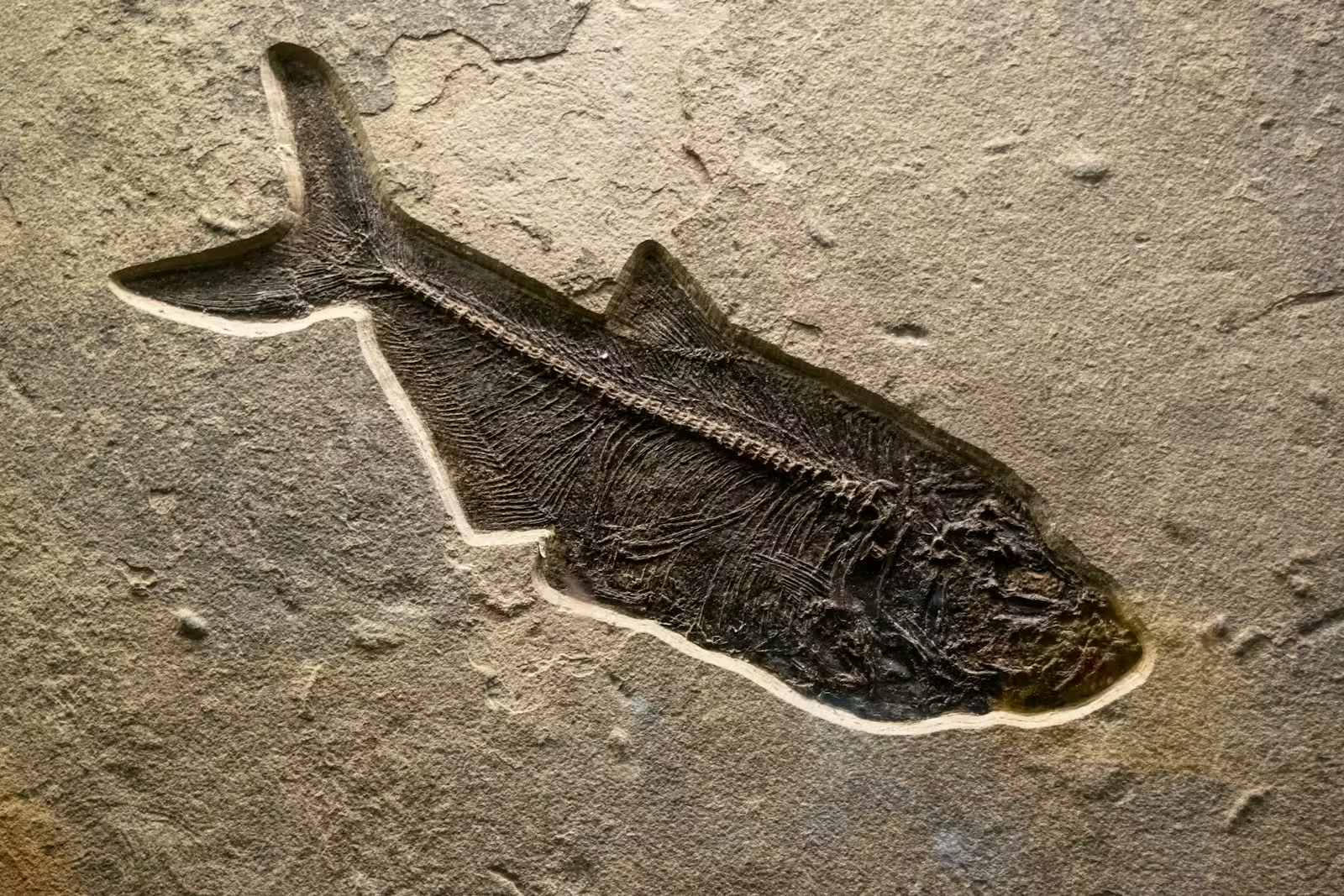Table of Contents
Researchers discover unusual organ preservation in fossil fishes from Brazil.
According to new research, fossils found in Brazil suggest that the evolutionary history of ray-finned fish brains was more complicated than previously thought.
The discovery of well-preserved brains in late Paleozoic ray-finned fishes was made by Brazilian doctoral student Rodrigo Tinoco Figueroa and colleagues. They also found other soft tissues, such as pieces of the heart and eyes, meninges, and gill filaments, which are uncommon in paleontology because of the dearth of fossil records.
“These fossils not only show extensive preservation of soft tissue but also provide a glimpse into the evolution of the brain of fish that lived more than 290 million years ago,” Figueroa stated. The only direct proof of soft tissue elements from the past that we have access to is through fossils like these. Such data frequently contradicts what we assume to be true about living things.”
The article that was published in the journal Current Biology was written primarily by Figueroa. Under paleontologist Matt Friedman of the University of Michigan’s Department of Earth and Environmental Sciences, the work is a component of his dissertation.
Figueroa claimed that CP 065, one of the specimens, is the most unexpected.
“In addition to being the first specimen in which I noticed an everted brain, it is also one of the best-preserved fossils I have ever seen,” he stated.

“Consider a fossil that dates back more than 290 million years that still has pieces of the heart, gill filaments, the brain and its cranial nerves, the fragile meninges that support the brain inside the cranial cavity, and probably even skeletal muscles. It’s undoubtedly a wonderful discovery. The best method to bridge paleontology and biology is through specimens such as these.
Figueroa uses CT scans of fossilized skulls of ray-finned fish, such as the ones he brought to Michigan on loan from the University of Contestado’s Paleontological Center in Mafra, Santa Catarina, Brazil.
“Using micro-CT of fossils and contrast-enhanced micro-CT of extant species provides us with new three-dimensional data that can go beyond the results provided in this paper, with the addition of new fossils and new comparative material from extant species, Figueroa stated.
Figueroa scanned eight specimens from Mafra for this investigation and discovered that each one had some degree of soft tissue fossilization. Most of the time, the brain was well preserved and displayed morphology resembling that of Coccocephalus, which has been the subject of earlier studies.
“After a more detailed examination of all these brains and the associated osteology of the specimens, I was able to determine that there were two distinct species,” he stated.
“Considering their bone morphology, one seemed closely related to younger fossils, closer to the group that includes all 35,000 living species of ray-finned fish.”
Figueroa states that the morphology of the brains is different in these two animals.
“This gives us the first evidence of an everted telencephalon in a fossil ray-finned fish,” he stated. “This is found in some specimens, while Coccocephalus, from last year’s work, shows the contrasting condition that we call an evaginated telencephalon.”
According to the Brazilian researcher, the specimens also contain precise evidence of meningeal tissues, including the muscles, retinal tissue, sclera, and membranous tissue that supports the brain inside the skull and eyes, including lenses.
“Although, at the moment, they are not sufficient to provide a clear picture of the evolution of these structures, they are an indication that such extensive preservation of soft tissues is possible,” Figueroa stated. “I believe many more discoveries could emerge in the coming years.”
The study is the result of five years of investigation. Figueroa was interested in learning more about potential cases of soft tissue preservation in fossils and the amount of information that this kind of preservation can yield after he found the oldest vertebrate fossil brain in 2023.
“I still remember the first time I looked at the scan of one of the specimens,” he stated.
“When I first noticed all the intricacies still present in the bones, I was thrilled, but I soon discovered there was more. It was an eye, practically immaculate. Finding more and more preserved soft tissue and comparing it to living fish became a quest. after that. How much these specimens preserve is astounding.”
read also: A Piece of the Big Bang Theory That Was Missing Has Turned Up 2024
Researchers find rare organ preservation in Brazilian fossil fishes (msn.com)
fossil fishes fossil fishes fossil fishes fossil fishes fossil fishes fossil fishes fossil fishes


1 thought on “Researchers discover unusual organ preservation in fossil fishes from Brazil.”